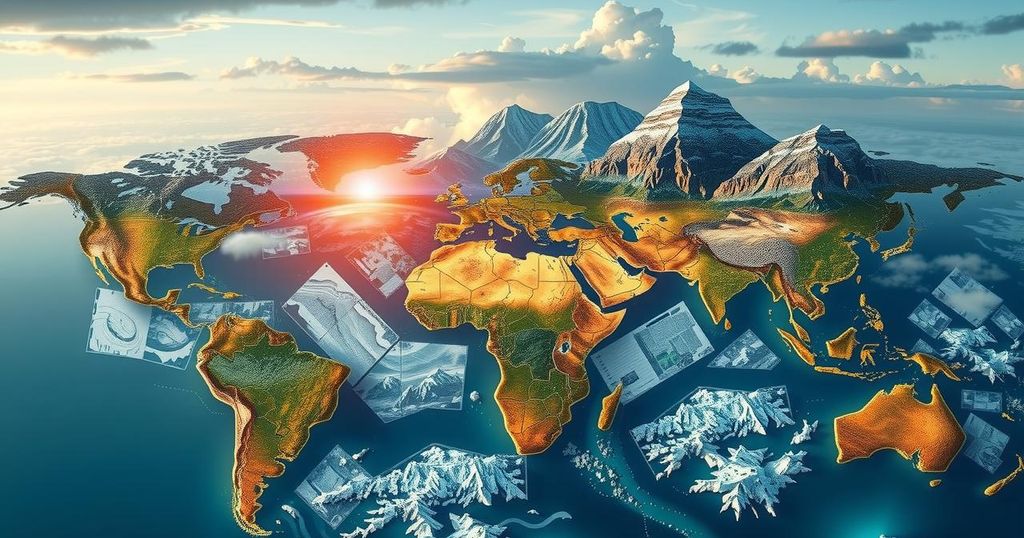Yearender 2024: Addressing Global Climate Change and Its Consequences

The year 2024 was characterized by extreme weather influenced by climate change, with unprecedented heat waves and severe flooding affecting many regions globally. Despite the expectations for cooler conditions, record temperatures were recorded, and the disparity of water availability further emphasized climate volatility. These events served as a warning of the ongoing impact of global warming and the urgent need for sustainable solutions.
The year 2024, marked by the continuing effects of climate change, experienced unprecedented weather extremes across the globe. Despite expectations for a cooler year following the dissipation of the El Niño pattern, temperatures soared relentlessly, impacting populations from Mexico to Pakistan. Individuals suffered during heat waves, with some requiring hospitalization due to the severe conditions.
Heavy precipitation led to catastrophic flooding in regions such as Uruguay and Brazil, displacing numerous residents. Although many returned to rebuild their lives, the disparity in water availability highlighted the erratic nature of climate patterns. In Morocco’s Sahara Desert, unusual rainfall created pools amid dunes, contrasting sharply with the Amazon, where drought afflicted its normally verdant tropical landscape.
The dual nature of water manifested dramatically as both a life-sustaining resource and a destructive force. Disturbing scenes emerged from around the world, including children in India using ropes to navigate flooded streets, and communities in Nigeria struggling through deluged areas following dam failures. Storms unleashed fierce winds and torrential downpours, leaving devastation in their wake, with homes and personal belongings reduced to rubble and debris.
The United Nations reports that over 2 billion people globally lack access to safely managed drinking water, emphasizing the dire reality faced by many. As winter approached in the Northern Hemisphere, relief was felt from the oppressive heat; yet, the ongoing threat of climate-related disasters, including winter wildfires, served as a pointed reminder of the pervasive impacts of global warming.
Notably, amid the devastation, instances of natural beauty persisted, such as in Churchill, Manitoba, which proudly claims its status as the polar bear capital of the world. The juxtaposition of nature’s resilience against the backdrop of climate change continues to evoke both awe and concern.
In 2023, climate change accelerated the occurrence and severity of extreme weather events, prompting widespread concern among scientists and communities alike. As nations grapple with heatwaves, floods, and droughts, the impacts of these disparities have become all too visible. Recurring environmental phenomena such as El Niño influence weather patterns globally, yet the local effects can vary strikingly, as evidenced by simultaneous drought and flooding in different regions. As climate patterns continue to evolve, understanding their implications becomes crucial for future mitigation and adaptation efforts.
The events of 2024 underscore the urgent reality of climate change with devastating weather extremes affecting millions worldwide. The inconsistent availability of water, coupled with rampant destruction from storm systems, highlights the increasing volatility of our climate. Furthermore, as we enter winter, the stark changes in weather patterns serve as poignant reminders of the ongoing challenges that lie ahead. The beauty of nature, exemplified by regions like Churchill, also calls for a balance in stewardship to protect our environment amid crises caused by human interference.
Original Source: www.indiatvnews.com






